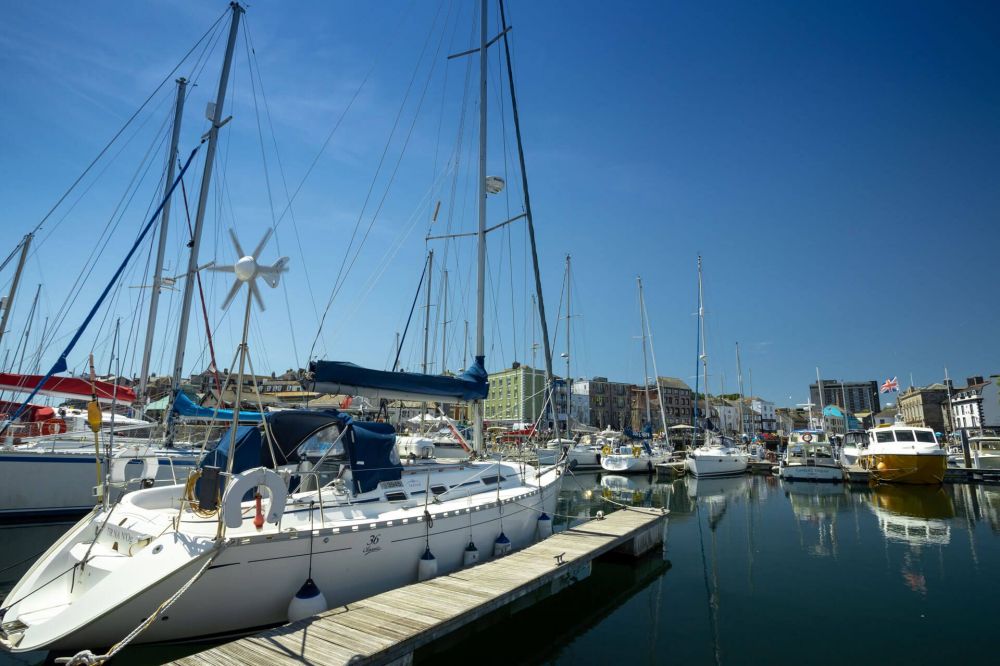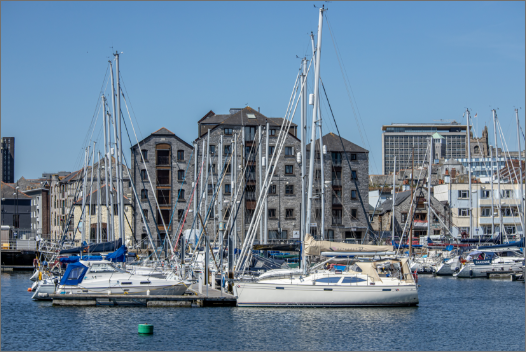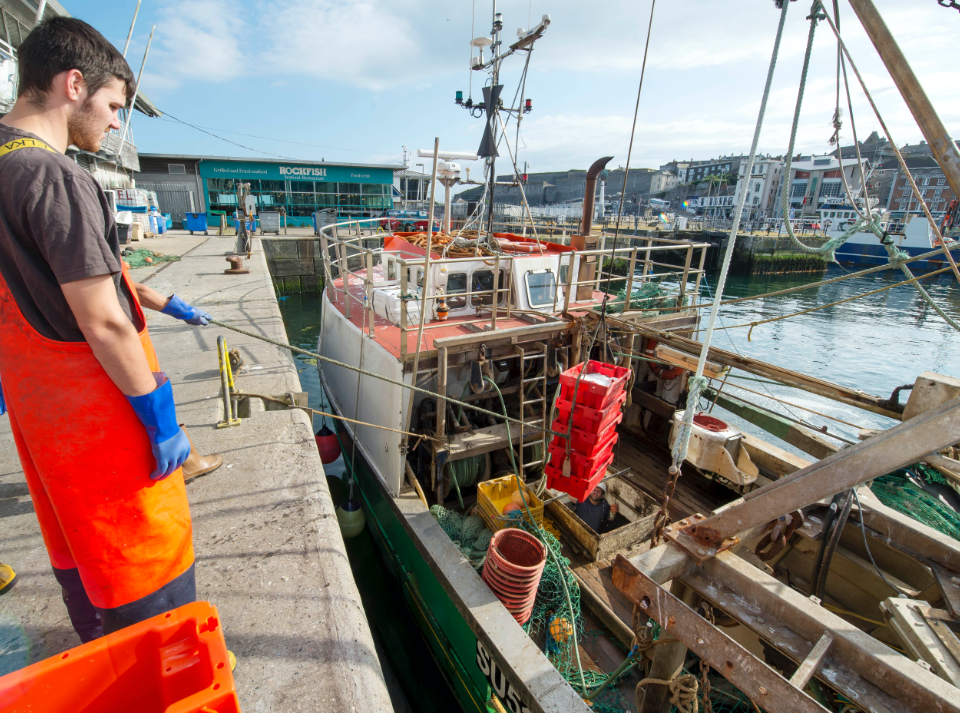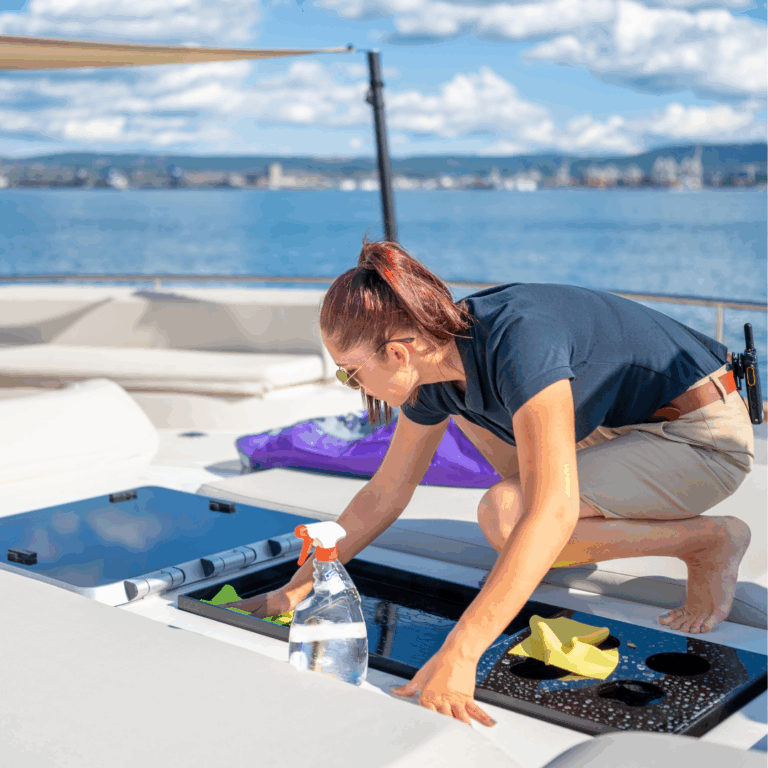There’s something magical about spending the night at anchor. The gentle motion of the boat, the quiet of a secluded bay, and the thrill of waking up to a sunrise over the water are a rite of passage for many sailors. But if you’ve only day-sailed until now, your first overnight anchorage can feel a little daunting.
This guide walks you through the essentials, from choosing a safe spot to staying secure overnight, so you can drop anchor with confidence and get some well-earned rest.
Choosing the Right Anchorage
Not all anchorages are created equal. Here’s what to look for when choosing a spot to spend the night:
✅ Depth
Check your charts and aim for a depth that suits your anchor rode length. As a general rule, you’ll want 5:1 scope (that’s five times the depth in anchor chain or rope), or 7:1 in rougher conditions.
✅ Shelter
You’ll want protection from prevailing winds and swell. A headland, cliff, or breakwater upwind of your position can offer shelter and a much calmer night.
✅ Swing Room
Your boat will rotate with the wind and tide, so ensure there’s plenty of space around you. Keep clear of other anchored vessels, rocks, and shallows.
Apps like Navionics, Savvy Navvy, or Reeds Almanac are great tools for checking all of the above.
Which Anchor Should You Use?
If you’re using your boat’s main anchor (often called the bower anchor), make sure it’s suitable for the seabed you’re anchoring in. Common anchor types include:
-
Plough or CQR – suitable for mud and sand
-
Bruce or Claw – sets easily, works well in mud
-
Delta – holds strong in a variety of seabeds
-
Rocna or Mantus – modern options with excellent holding power
Lower the anchor slowly and let out enough scope. Then reverse gently to help it dig in and set.
What If You Drag?
Dragging anchor happens, even to the pros. Here’s how to reduce the risk—and what to do if it happens:
-
Check your holding: Once set, line up a few landmarks and make sure your boat isn’t moving.
-
Use an anchor alarm app: These track your boat’s GPS position and sound an alert if you drift.
-
Listen for unusual sounds: creaking lines, the anchor chain rattling, or the engine alarm going off can all be signs that something’s up.
-
If you do drag: Start your engine, reset the anchor in a better spot, and let out extra scope.
What to Expect Overnight
Sailing doesn’t stop when the sun goes down. Here are a few things to keep in mind during the night:
-
Wind shifts – your boat may swing, so make sure you’ve got enough room
-
Tide changes – be aware of falling water levels or current changes
-
Sound carries – noise from nearby boats or the shore may seem louder at night
-
Movement – some rolling is normal and a stern anchor can help reduce it in swell
Your first night at anchor might not be the most restful—but it’s sure to be memorable. With a bit of preparation and the right mindset, you’ll soon be sleeping like a seasoned cruiser.
Sweet dreams and safe anchoring from all of us at Sutton Harbour.























